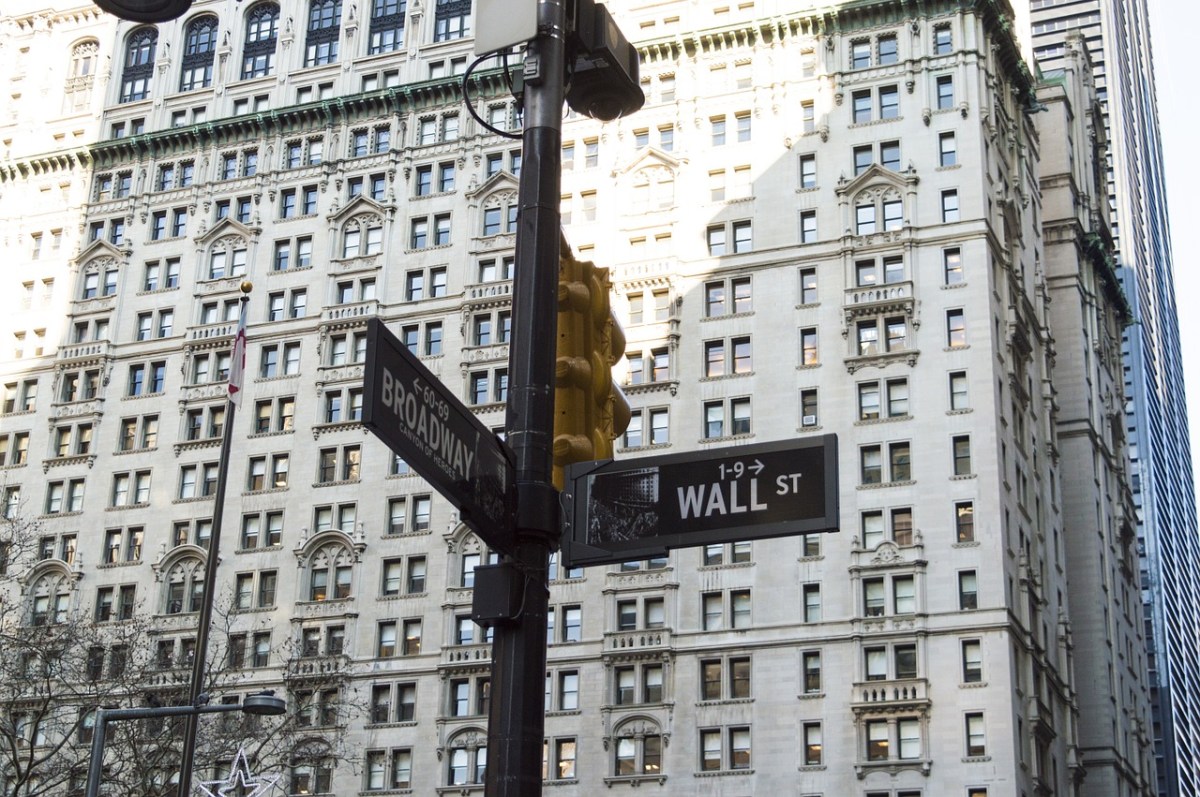As President Donald Trump continues to push for a border wall between the United States and Mexico, critics of the plan have stepped forward to share the ways throughout history that walls haven’t worked, and one example is right in New York City on what is now known as Wall Street.
Maybe you’ve seen the meme shared on Facebook and Twitter that lays out this story: “In the 1640’s the Dutch inhabitants of New Amsterdam built a 12’ wall to keep the bad hombres out,” it begins.
“In 1664 the British ignored the wall and took New Amsterdam by sea. It’s now called New York,” it continues. “They took down the wall and built a street. It’s called Wall Street.”
But like most things shared on the internet without a source, some have questioned if this tale is completely true. The answer? Yup, except for some details, according to Dr. Firth Fabend, a historian who has studied New Netherland, the colony established by the Dutch.
“It was actually built in 1653,” Fabend said of the Wall Street wall, “and it followed…an Indian path that led across the island of Manhattan, from the East River to the Hudson River, that bordered the northern boundary of the community known as New Amsterdam.”
New Amsterdam was small, with only about 300 to 400 inhabitants, and was threatened by the English, who were settled north in New England.
The authorities of the Dutch West India Company, having heard the English planned to attack, “ordered the Director General Peter Stuyvesant to build a wall, a defensive wall,” Fabend said.
Slaves dug a 3-foot-deep trench along that path all the way across Manhattan Island. Then they cut down 12-foot-tall trees, according to Fabend, sharpened their tops into a point to discourage anyone from scaling the wall, set the trunks into the trench and filled it in with dirt and stones.

Internet Archive Book Images/Flickr
That means the Wall Street wall was probably just 9 feet high, not 12 like many on the internet have said, but still, that’s “higher than any person,” Fabend noted. Blockhouses at either end of the Wall Street wall also fortified the boundary, probably featuring a man with a musket as added security.
“But it didn’t really work,” she added, “because the English came around the tip of Manhattan and demanded that the Dutch surrender to them.”
The Dutch did anticipate that “the openness of this place along the water side, both along the East and North Rivers being notorious,” could threaten their safety, according to the New York City Municipal Archives, and One post details historical plans from Feb. 1664 to “encircle the entire city with a ‘stone wall on the land side and palisades along both the river fronts.’”
Still, it wasn’t enough, and ships off of Nut Island (now called Governor’s Island) and within firing distance of Fort Amsterdam pressured Stuyvesant to surrender. Fort Amsterdam became Fort James and New Amsterdam became New York.

John Wolcott Adams and I.N. Phelps Stokes/Wikimedia Commons
What happened to the Wall Street wall?
Another issue with the abridged version of the story floating around the internet has to do with the fate of the Wall Street wall. The English didn’t tear it down right away — in fact, they attempted to keep them “in a state of repair,” records show, but eventually the Wall Street wall decayed, falling into disrepair until its remnants were seen as a hazard and demolished.
“It lasted long enough that it gave its name to Wall Street,” Fabend said. Wall Street then became known as a financial center in the 1700s, when “semi-official brokers began trading shares of stock beneath a sycamore tree on it,” according to the New Netherland Institute.
In 1751, workers in nearby Trinity Churchyard discovered part of a wall, according to the New York City Municipal Archives, and to this day you can reportedly trace the original Wall Street wall by following square wooden markers amidst the cobble stones.
The story of the Wall Street wall joins countless others of how walls haven’t worked throughout history, though it was never meant to be an immigration control border, just a military border.
During Trump’s call for a border wall, others have pointed to other failed fortifications, like the wall that divided East and West Berlin, a proposed partition to separate Palestinian and Israeli states and even the Great Wall of China.
“Human ingenuity is going to win out in the long run,” said Fabend, “and it’s better if human ingenuity is focused on the problems that can be solved.”


















